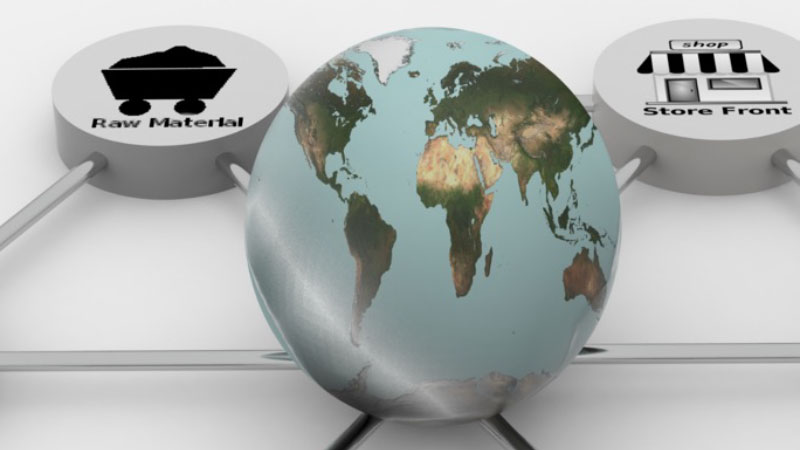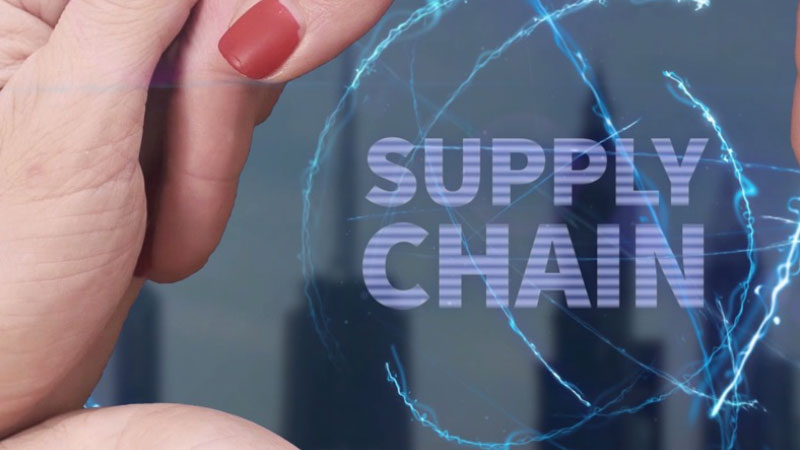Sustainable Supply Chains: Building Resilience and Transparency in the Business World
In today's interconnected world, our dependence on a vast network of suppliers is undeniable. But with this reliance comes a responsibility: ensuring our supply chains are not only efficient but also sustainable practices. Sustainable business practices don't just benefit the environment; they build resilience, enhance transparency, and contribute to long-term business success.

Why Build a Sustainable Supply Chain?
Here's what's at stake:
Vulnerability to Disruptions: Climate change, geopolitical instability, and unexpected events can disrupt traditional supply chains. Sustainable practices, such as diversifying suppliers and investing in local sourcing, can build resilience in the face of unforeseen challenges.
Hidden Environmental Costs: Extracting raw materials, manufacturing products, and transporting goods all have environmental impacts. Sustainable supply chains strive to minimize these impacts by promoting responsible sourcing, energy efficiency, and waste reduction throughout the chain.
Ethical Concerns: Labor exploitation, unsafe working conditions, and irresponsible waste disposal are all potential risks within complex supply chains. Sustainable practices ensure ethical treatment of workers, fair trade practices, and responsible environmental management throughout the production process.
Building Resilience Through Transparency: Transparency is the cornerstone of a sustainable business idea. Here's how it creates a stronger foundation:
Building Resilience Through Transparency:
Transparency is the cornerstone of a sustainable business idea. Here's how it creates a stronger foundation:
Visibility Across the Chain: Mapping your supply chain and understanding your suppliers' practices allows you to identify areas for improvement and potential risks. This includes ethical sourcing, labor conditions, and environmental impact.
Collaboration and Communication: Open communication and collaboration with suppliers are key. Working together, you can develop shared sustainability goals and find innovative solutions to environmental and social challenges.
Traceability and Accountability: Traceability allows you to track the origin of raw materials and ensure products are ethically sourced and sustainably produced. This fosters accountability and consumer trust in your brand.
Benefits of Sustainable Supply Chains: Building a sustainable supply chain isn't just about doing good for the planet; it's good for business too: Reduced Costs: Investing in energy efficiency, waste reduction, and responsible sourcing can lead to long-term cost savings.
Enhanced Brand Reputation: Consumers are an increasingly number of aware of sustainability. A commitment to ethical and environmentally responsible practices strengthens your brand image and attracts environmentally conscious customers.
Improved Risk Management: By anticipating and addressing potential disruptions and ethical concerns, you can proactively manage risks within your supply chain and ensure long-term business continuity.
Vulnerability Climate
Ready to take action?
Here are some initial steps:
Conduct a supply chain assessment: Identify areas for improvement and prioritize sustainability goals.
Partner with responsible suppliers: Seek out suppliers committed to ethical practices and environmental responsibility.
Invest in transparency measures: Increase visibility within your supply chain and communicate your sustainability efforts openly.

Every step towards a sustainable supply chain contributes to a healthier planet and a more responsible business environment. Let's work together to build a future where our supply chains are efficient and truly sustainable.













